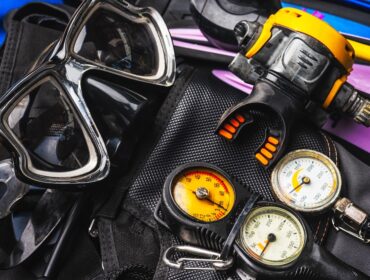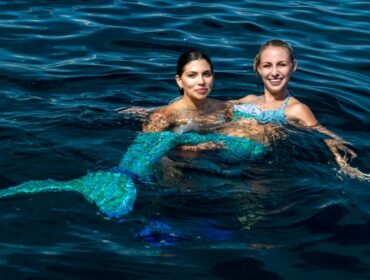Getting lost underwater isn’t just inconvenient; it can also be dangerous. Disorientation leads to stress, wasted air, and, in worst-case scenarios, missed exits or separation from your buddy. That’s why strong underwater navigation skills are more than just a “nice-to-have “; they’re quite essential.
Fortunately, navigation isn’t a mystery. With a reliable compass and a good eye for natural features, you can move through any dive site with calm, confidence, and control. Like any skill, it takes practice, but the payoff is enormous: shorter surface swims, better buddy communication, and the ability to explore more challenging sites.
In this guide, we’ll break down the fundamentals of scuba compass use and natural navigation techniques, then show you how to combine and practice both for real-world success. Whether you’re a new diver or brushing up before a big trip, these tips will help keep you well-oriented.
Why Underwater Navigation is a Must-Have Skill
Every dive begins with a plan. However, once you’re underwater, that plan only works if you can stick to it. Mastering underwater navigation skills gives you control over your route, your time, and your safety. It allows you to explore purposefully, stay with your buddy, and return to your exit point without guessing or hoping for the best.
Good navigation reduces stress and improves air management. When you know where you are and where you’re going, you’re not stopping to reorient or surfacing early to find your boat. It also opens the door to more advanced diving: wrecks, caverns, and low-vis conditions all demand precise navigation.
Whether you’re leading a group or diving solo within your certification limits, strong navigation makes you a more confident and self-reliant diver. And the best part? It’s a skill you can sharpen on every single dive, no fancy gear required.
Understanding your Scuba Compass
A scuba compass may look simple, but it really is one of the most powerful tools in your dive kit. Unlike a land compass, a scuba compass is designed to function horizontally in a three-dimensional, underwater environment. It plays a vital role in maintaining direction when visibility drops or natural cues disappear.
At the core of every compass is the lubber line – a fixed reference that always points forward. When you’re swimming, this is the line you align with your body’s direction of travel. Surrounding the magnetic needle is the bezel ring, which rotates and features degree markings (0–360°). Most compasses also have a side window so you can read your bearing while holding the compass flat.
Holding the compass correctly is key. Keep it level, centered in front of your body, and tilt it only slightly to read through the side window. Even a small angle can throw off your bearing. And remember, metal objects, magnetic equipment, or even your dive computer, too close to the compass, can interfere with its accuracy.
Quick Tips for Reliable Compass Use:
- Hold it flat and steady: Tilting can lock the needle or throw off your reading.
- Keep it away from magnetic interference: Store your compass at least 12 inches from your dive computer or metal gear.
- Set your heading before descent: Pre-planning your route saves air and avoids confusion underwater.
- Use landmarks + compass: Always combine compass use with visual cues for stronger orientation.
- Practice on land first: Build confidence in setting and following headings without the pressure of open water.
Practice in shallow, controlled environments until using your compass feels second nature. When you’re navigating a wreck, fighting current, or caught in low-vis conditions, you’ll be glad you did.
How to Use a Compass Underwater
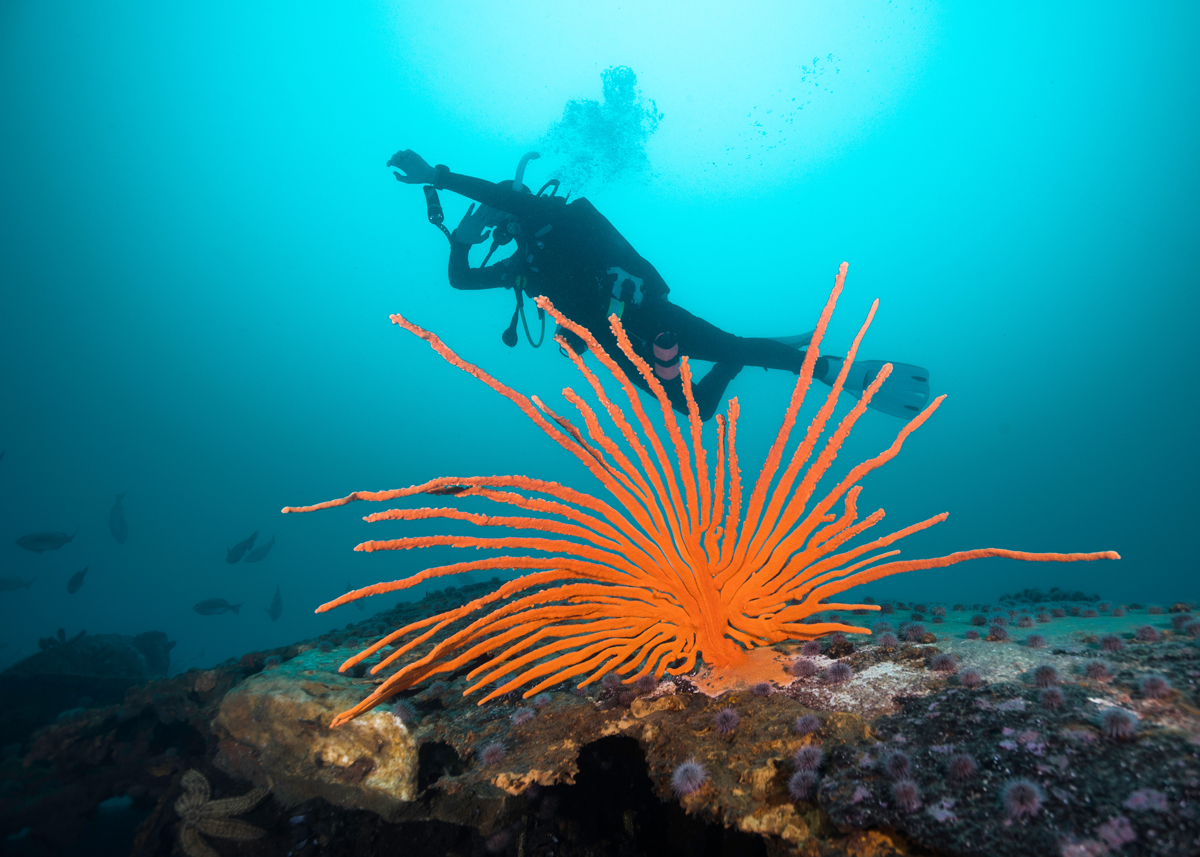
Once you understand the parts of your compass, it’s time to put it into action. Using a compass underwater isn’t just about pointing and swimming. You have to be able to plan your path, stay oriented during the dive, and be able to retrace your steps if needed.
Step-by-Step: Taking and Following a Heading
- Set your intended heading: Rotate the bezel until the desired bearing lines up with the lubber line.
- Align the compass needle: Turn your body until the north needle is inside the orienting arrow – this “boxes the needle.”
- Swim while maintaining alignment: Keep the needle boxed as you swim forward, checking frequently.
- Check your depth and air along the way: Don’t let navigation distract you from basic dive monitoring.
Use Reciprocal Headings to Return
If you swim out at a 60° heading, returning is simply a matter of adding or subtracting 180° – in this case, you’d set your reciprocal to 240°. Practice this on land until it’s second nature. Some divers also use wrist slates or write headings directly onto their gauges as a reminder.
Try Simple Navigation Patterns
Practicing navigation doesn’t need to be complex, so start simple with some of the following patterns:
- Out-and-back: Swim out on a set bearing and return on the reciprocal.
- Square pattern: Swim equal distances in 90° turns. This one is useful for search patterns.
- Triangle pattern: Use 120° turns and equal distances for wider sweeps.
These patterns help you cover ground systematically whilst building trust in your gear and your skills. It may feel robotic at first, but mastering these basics opens up more complex navigation challenges down the line.
Natural Navigation Techniques All Divers Should Know
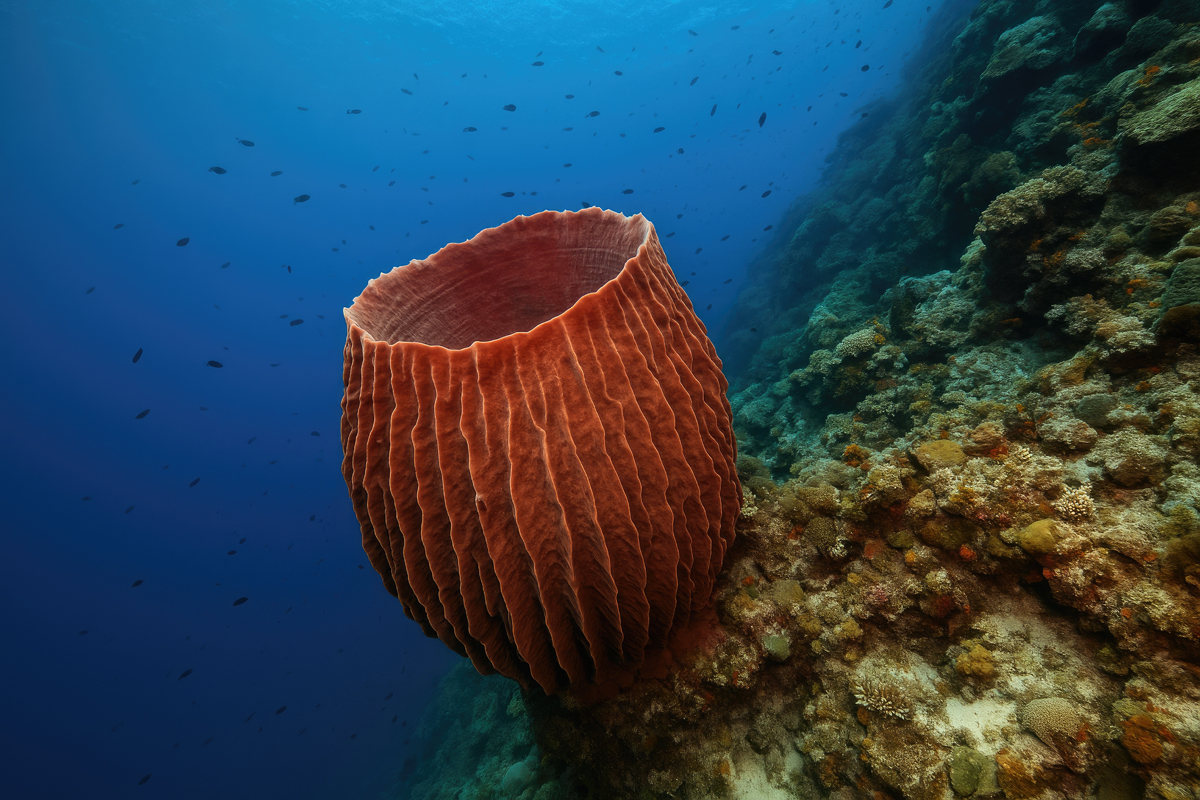
While a compass gives you precision, natural navigation is about awareness. It’s the art of reading the environment and noticing light, terrain, current, and marine life. You would then use those observations to keep yourself oriented. The best divers don’t rely solely on their compass; they combine it with a mental map built from the moment they descend.
At the start of a dive, take time to absorb your surroundings. Notice where the sunlight is coming from. Look at how the sea floor slopes, where the reef rises, or whether there are distinctive features like large rocks, coral heads, or sunken debris. These reference points can act like underwater landmarks that help you stay on track, especially when you’re not constantly checking your compass.
Natural navigation also means being aware of patterns. Ripples in the sand might align with the current, and fish often face into the flow. Even marine vegetation like kelp or sea fans can reveal subtle directional cues. Throughout the dive, keep glancing back the way you came; the return route often looks completely different. By combining these environmental signals with your compass readings, you create a layered and quite comprehensive understanding of the dive site.
Tips for Practicing Navigation Skills
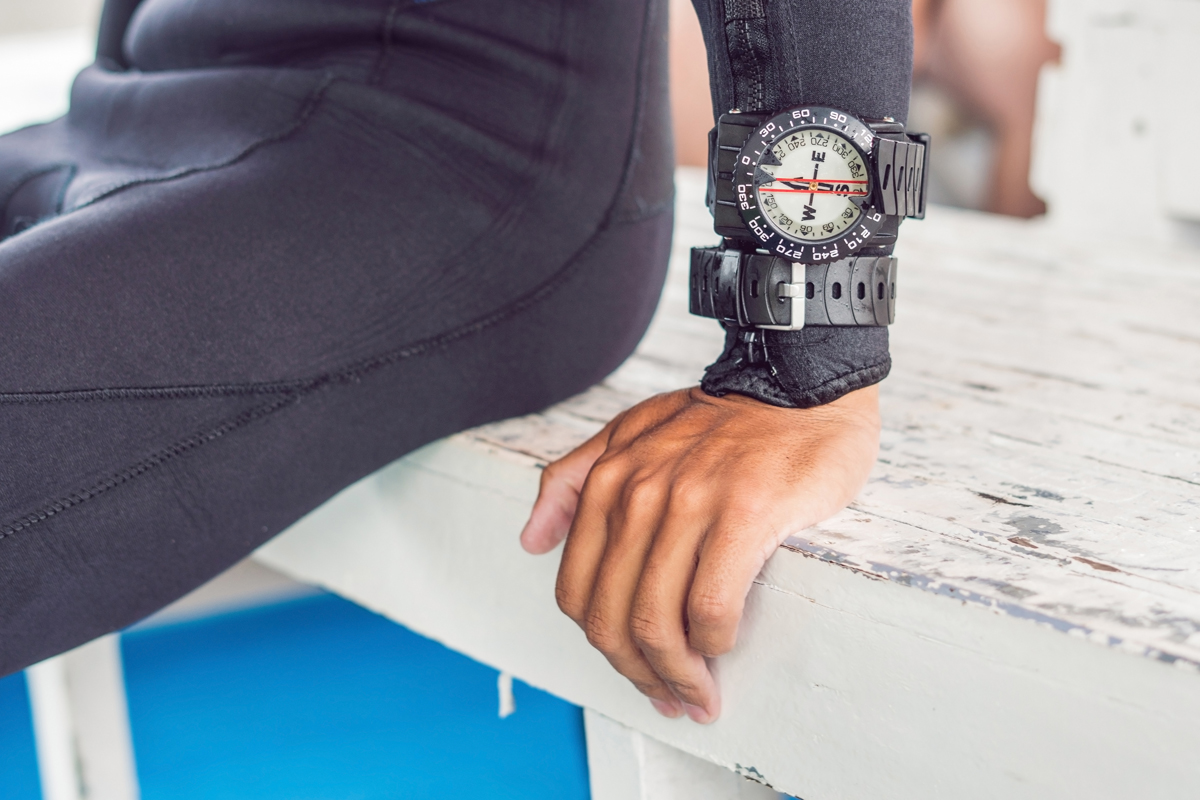
Like any dive skill, underwater navigation improves with repetition and real-world experience. The more you practice combining compass work with natural cues, the more instinctive and reliable your navigation becomes. It doesn’t matter if you’re diving in a local lake or preparing for a more technical environment; these exercises will help you sharpen your sense of direction and build confidence underwater.
Start small by planning out-and-back routes in a familiar dive site. Focus on maintaining consistent headings, watching for visual cues, and checking your compass without stopping. Practice navigating square or triangle patterns with your buddy, and compare notes at the end of each segment. Over time, you’ll develop a kind of internal rhythm, and one that makes navigation feel less like a task and more like second nature.
Shoreline and Natural Feature Navigation Exercises
One of the most effective ways to develop natural navigation is to practice return-to-shore drills. Before descending, observe the shoreline and surrounding features. Look at the shape of the coast, the position of piers or buoys, or even prominent tree lines. Underwater, look for matching clues: the slope of the bottom, changes in substrate, or transitions between kelp and sand.
As you dive, mentally map your route by connecting these features. Turn around occasionally to see how the scene looks from the opposite direction. This makes the return trip much easier to recognize. These natural orientation techniques are especially useful when diving from shore, in areas where compass use alone might not provide enough context.
Silt-out Management & Fin Techniques for Low-Vis Navigation
Sometimes, and often quite suddenly, divers have to maintain orientation in challenging conditions. In silty or low-visibility conditions, the wrong fin kick can turn a dive site into a clouded mess. To stay in control, use techniques designed to minimize bottom disturbance, such as the frog kick or modified flutter kick. These styles keep your propulsion horizontal and your fins away from the seabed, preserving visibility and reducing the chance of disorientation.
Practicing silt-out scenarios is just as important. In a controlled setting, simulate zero-visibility by covering your mask or using a blackout mask, and then navigate using only your compass and touch cues. These drills train your body to stay calm and effective even when visibility disappears. For more advanced dives – especially in overhead environments – consider using guide lines or reels to maintain contact with your exit point.
Combine your compass with natural cues like slope, light direction, or unique rock formations to build a mental map as you dive. The more reference points you use, the easier it is to stay oriented – even in low visibility.
Common Navigation Mistakes
Even experienced divers make navigation errors. The good news is that most are easily avoided with a little awareness and practice. The most common mistake is misreading the compass. This often happens when divers hold it at the wrong angle or fail to box the needle correctly before swimming. A small error in the beginning can lead to big deviations over time, especially if you’re covering long distances. Remember to practice compass use on land before taking it into the water.
Another frequent issue is over-reliance on just one method. Some divers become too dependent on their compass and forget to observe their surroundings. Others trust their natural navigation instincts but neglect to confirm with actual headings. The strongest navigation comes from combining both techniques: visual landmarks for context and compass bearings for precision.
Situational awareness also plays a big role. It’s easy to get caught up in the dive and lose track of where you are, especially in unfamiliar terrain, when you spot that graceful manta ray or when conditions change mid-dive. Staying calm, sticking to your plan, and checking your position regularly can prevent confusion before it starts. And perhaps most importantly, always agree on navigation roles and turnaround points with your buddy before the dive. Communication is a key part of orientation, too.
Continued Learning
Basic navigation skills are introduced early, with most divers experiencing their first taste of compass use and environmental awareness during the Open Water course. But those lessons are just the beginning. Underwater navigation is a skill with real depth, and the more you dive into it, the more capable and confident you become.
A great next step is enrolling in a navigation specialty course. These sessions go far beyond the basics, giving you hands-on experience with techniques like square and triangle patterns, natural mapping, and search strategies. You’ll also gain confidence in challenging conditions, such as low visibility or surge-prone sites, under the guidance of an instructor.
Upgrading your gear can help, too. Dive computers with integrated digital compasses provide accurate headings without the need for manual housing, and these are especially useful on deep dives or in confined spaces. Some models even log your routes or integrate with buddy tracking systems.
Strong navigation skills unlock new types of diving. From venturing into wrecks, navigating a night dive, or guiding others through a reef system, your ability to orient yourself makes diving safer, smoother, and more enjoyable. What you learned in Open Water was the start, but don’t stop there because there’s so much more to explore.
Upgrade your navigation game with a reliable dive compass or explore our range of digital dive computers with built-in compasses. Shop Navigation Gear →



